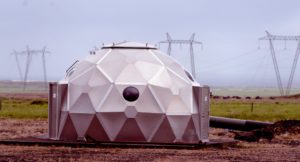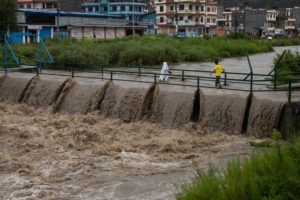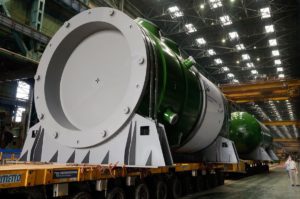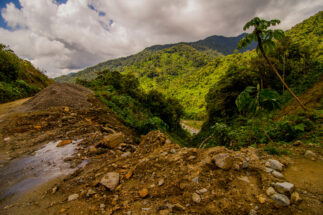Historically, policies to combat climate change have focused on mitigation: reducing emissions of greenhouse gases. This has not worked. The UN Environment Programme’s latest Emissions Gap Report shows countries are very far from meeting their pledge under the Paris Agreement to keep the average global temperature rise within 2 degrees Celsius above pre-industrial levels, not to mention the more ambitious 1.5C ceiling.
However, scientists have pointed out that even if new emissions were to stop now, which is virtually impossible, certain environmental changes have already been triggered and will become more severe for decades to come. This heightens the need to not only emit less carbon, but also remove as much as possible from the atmosphere.
What is carbon removal?
The removal of carbon dioxide from the atmosphere happens as part of the Earth’s natural cycles. Oceans, soil, rocks and plants all absorb carbon.
Afforestation, tree restoration and improved soil management can be used to remove carbon from the atmosphere naturally, but other high-tech strategies are also being explored. CCS, or carbon capture and storage, is a process that traps emissions directly from industrial plants and injects them deep underground. CCUS, or carbon capture utilisation and storage, involves the transportation and use of some of the carbon dioxide for a range of products and services, such as alcohols, biofuels, plastics and concrete.
Currently, there are only 27 CCUS projects in operation around the world, according to the International Energy Agency. In South Asia, there are no completed or operational commercial CCS projects, the Global CCS Institute database shows.
What is BECCS? Why is it controversial?
When combined with energy sourced from organic matter, or biomass, CCS becomes carbon-negative. This is because the carbon dioxide absorbed by the plants as they grew is not released back into the atmosphere when they are burnt. This method is known as BECCS (bio energy with carbon capture and storage), and is considered an essential tool for global climate mitigation.
An example of BECCS in action is swapping coal for wood pellets in thermal power generation stations. The carbon dioxide in the exhaust gases is then piped underground and stored. Some experts argue that, unlike coal, wood pellets can be produced on a sustainable basis, by planting new trees as old ones are cut down for fuel.
However, the technology is yet to be deployed at scale. To date, there are only five BECCS facilities around the world, with four more in the planning stage. Despite its potential applications in many industrial sectors, from waste and energy to cement, the technology faces substantial challenges. Experts are still debating whether enough biomass can be produced sustainably without taking land away from food production, and if BECCS can even be deployed at the scale envisaged by existing models.
What are South Asian countries doing to remove carbon?
Protecting forests and increasing tree cover to produce more carbon sinks are policies in many countries’ mitigation strategies. As part of its climate pledge under the Paris Agreement, India promised to “create an additional carbon sink of 2.5 to 3 billion tonnes of CO2 equivalent through additional forest and tree cover by 2030”. Pakistan has launched the ambitious Ten Billion Tree Tsunami Programme, which is expected to sequester 148.76 metric tonnes of CO2 equivalent, with a budget of USD 800 million. Bangladesh and Nepal have included improved forest and land management in their climate pledges.
So far, CCS technologies remain unexplored in South Asia, due in part to their high upfront cost. Studies find that in price-sensitive markets such as India, it would be difficult for lawmakers to promote methods that would substantially increase the cost of industrial processes.
IPCC will explore carbon removal options
The new chapter of the Sixth Assessment Report compiled by the UN Intergovernmental Panel on Climate Change (the IPCC), due to be released next week, will explore options to reduce carbon dioxide and other heat-trapping gases from the atmosphere.
In August 2021, the world’s climate scientists who make up the IPCC looked at the state of global greenhouse gas emissions in working group I of their sixth assessment report. Working group II, whose report was launched in February 2022, looked at the impacts of climate change and the outlook for adaptation. Now working group III will examine the policy options to mitigate carbon emissions and remove excess carbon from the atmosphere.
Though CCS technologies are still far from becoming mainstream in South Asia and globally, scientists expect that the working group III report and the net-zero pledges put forward by India and other countries will give new impetus to the carbon removal conversation.









